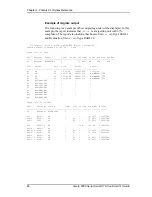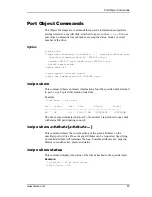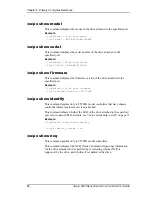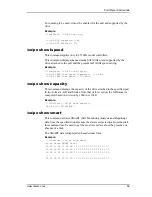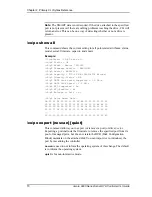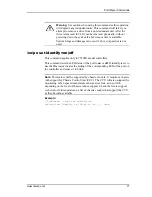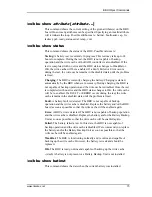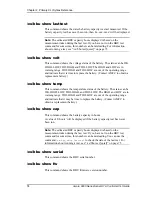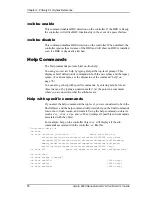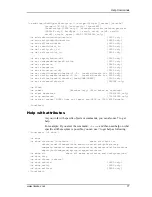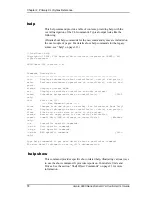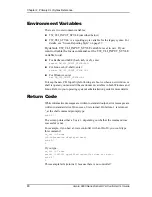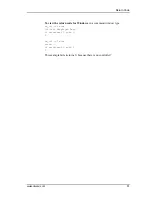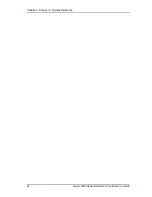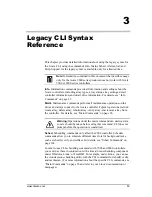
Chapter 2. Primary CLI Syntax Reference
80
3ware 9000 Series Serial ATA Controller CLI Guide
Environment Variables
There are two environment variables:
TW_CLI_INPUT_STYLE (described below)
TW_CLI_STYLE is a reporting style variable for the legacy syntax. For
details, see “Screen Reporting Style” on page 57.
By default, TW_CLI_INPUT_STYLE variable is set to
new
. If you
want to disable the focus command, set the TW_CLI_INPUT_STYLE
variable to
old.
For Redhat and SuSE (bash, ksh, or sh), enter
export TW_CLI_INPUT_STYLE=OLD
For Linux csh (C-shell), enter:
setenv TW_CLI_INPUT_STYLE OLD
For Windows, enter
set TW_CLI_INPUT_STYLE=OLD
To keep the new CLI Input Style following a reboot or when a new window or
shell is opened you must edit the environment variables in both Windows and
Linux. Refer to your operating system's administration guide for more details.
Return Code
While informative messages are written to standard output, error messages are
written to standard error. On success, 0 is returned. On failure, 1 is returned.
‘
, at the shell command prompt type:
echo $?
The screen prints either a 0 or a 1, depending on whether the command was
successful or not.
For example, if you had a 3ware controller with an ID of 0, you could type
this command:
tw_cli /c0 show
(c0 information displayed here)
echo $?
0
If you type:
tw_cli /c7 show
error: (CLI003) specified controller does not exist.
echo $?
1
This example fails (returns 1) because there is no controller 7.

